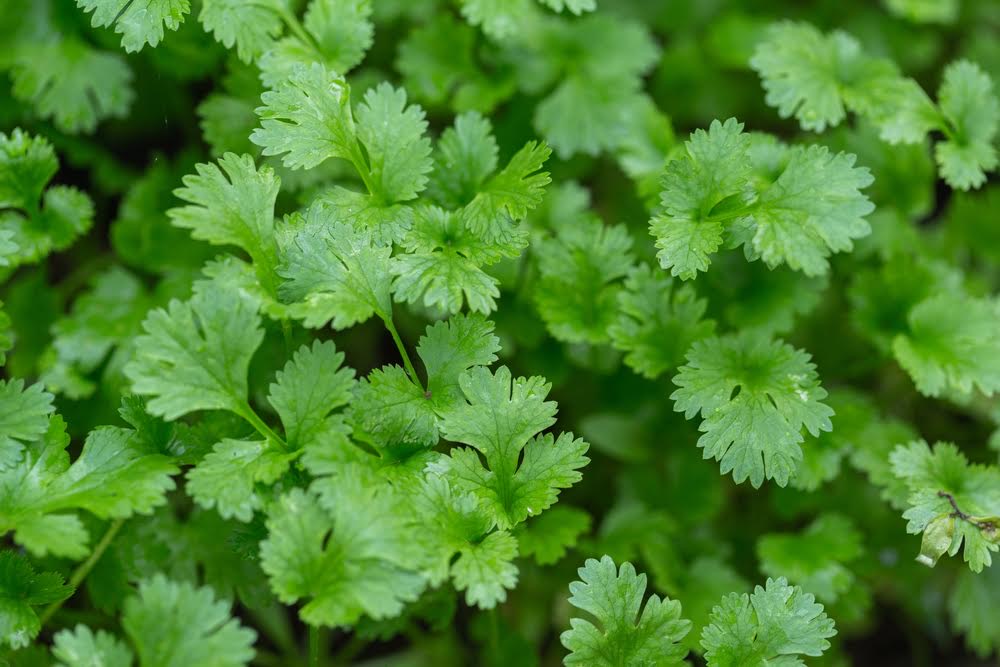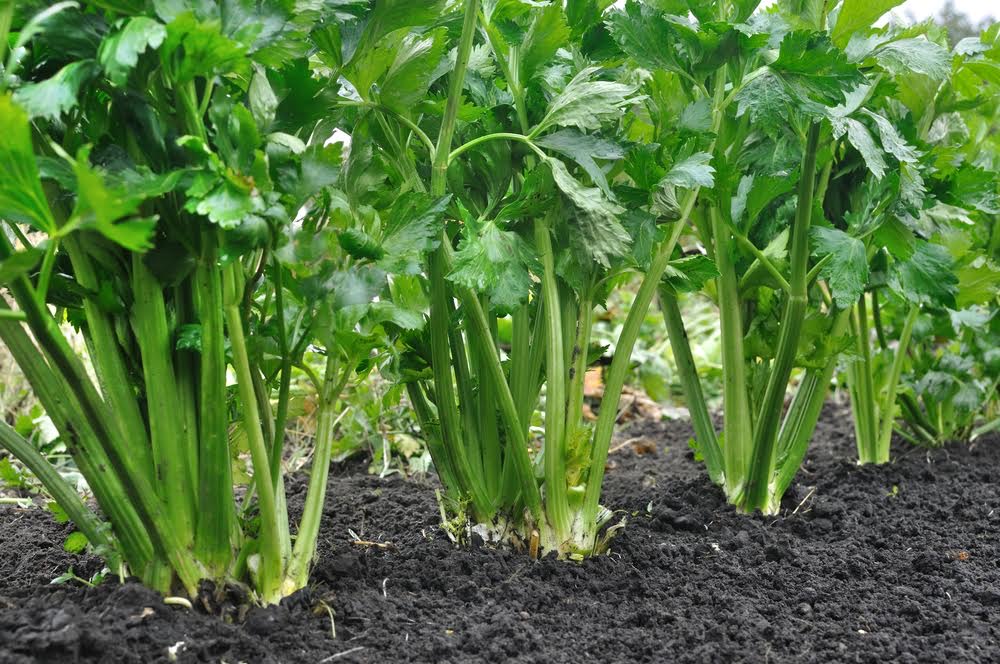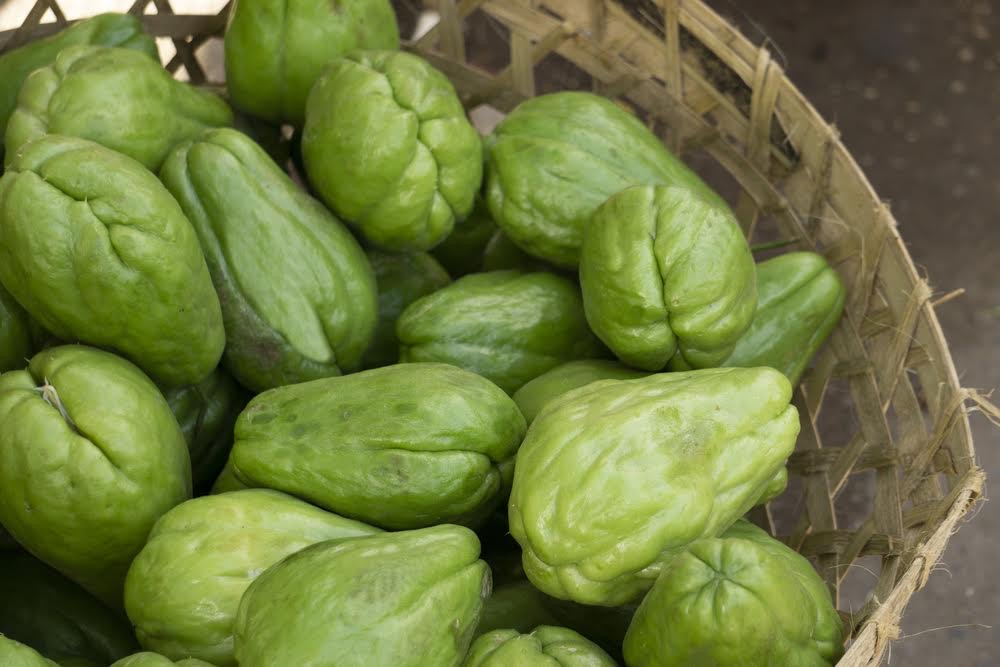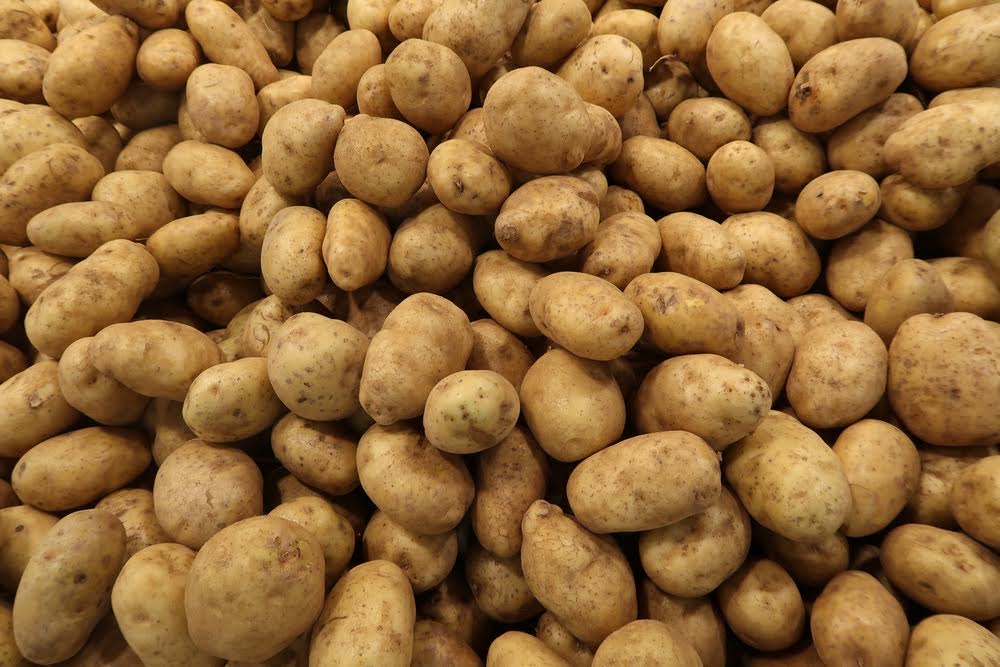In the Philippines, September marks the transition from the wet season to the dry season, characterized by a decrease in rainfall and an increase in sunshine. Here are five crops that can be planted during this month:
Cilantro (Coriandrum sativum)
Cilantro, also known as coriander or Chinese parsley, is an aromatic herb that holds a prominent place in Filipino cuisine. Widely used as a flavoring agent in various dishes, cilantro adds a distinctive taste and fragrance to traditional recipes. This versatile herb is relatively easy to grow and can be a valuable addition to any garden or farm.

Cilantro prefers a moderate climate with temperatures ranging from 10°C to 30°C. It prefers well-draining soil with good organic matter content. It grows best in loamy or sandy soil types that offer adequate moisture retention while preventing waterlogging, with a slightly acidic to neutral soil pH ranging from 6.0 to 7.0.
Cilantro can be directly sown in the garden or in containers. Prepare the soil by loosening it and removing any debris. Sow the seeds at a depth of about 1 cm and space them approximately 10-15 cm apart. Keep the soil evenly moist during germination. Regularly water the plants to keep the soil evenly moist but avoid overwatering as it can lead to root rot. Weed the area around the plants to prevent competition for nutrients.
Cilantro leaves can be harvested once they reach a suitable size, usually around 3-6 weeks after planting. Cut the outer leaves first, leaving the central leaves to continue growing. Harvest regularly to encourage continuous growth and prevent flowering and seed production.
Celery (Apium graveolens)
Celery is a versatile and nutrient-rich vegetable popular due to its culinary and health benefits. With its crisp texture and distinct flavor, celery is not only a delicious addition to various dishes but also a valuable source of vitamins and minerals.

Celery thrives in cooler temperatures and prefers a moderate climate with temperatures ranging from 15°C to 24°C. Celery prefers well-drained, fertile soils rich in organic matter. Loamy or sandy soils are ideal for cultivation. It prefers slightly acidic to neutral soil pH ranging from 6.0 to 7.0.
Celery seeds are initially planted in seedling trays. Sow the seeds shallowly and provide them with sufficient moisture. Once the seedlings have developed a few leaves, transplant them to the garden or containers, spacing them around 15-20 cm apart.
Celery is typically ready for harvest around 90-120 days after planting. Harvesting can be done by cutting stalks at the base of the plant when they reach the desired size and thickness. Alternatively, individual stalks can be harvested as needed, allowing the plant to continue growing.
Chayote (Sechium edule)
Chayote, also known as sayote, is a popular vegetable that holds a significant place in Filipino cuisine. With its mild flavor and versatile culinary applications, chayote is widely enjoyed in various dishes, both cooked and raw. It is a fast-growing vine that thrives in the tropical climates.

Chayote is well-suited for planting in the Philippines, as it thrives in warm and humid conditions. It thrives in a tropical climate with temperatures ranging from 25°C to 35°C. It can tolerate a wide range of rainfall, making it suitable for both wet and dry seasons.
Chayote prefers well-drained, fertile soils with good moisture retention. Clay loam, silty clay loam or loam soil are ideal with pH ranging from 5.5 to 6.5.
Chayote can be propagated using fresh and healthy fruit. Plant the fruit directly into the ground or in containers, with the rounded end facing upward. Plant the fruit at a depth of about 5-7 cm. Space the plants approximately 2-3 meters apart to allow for adequate vine growth.
Chayote vines require sturdy support structures such as trellises or fences to climb on. Prune the vines as needed to maintain manageable growth and promote airflow.
To achieve the desired commercial maturity of the fruit, characterized by a soft skin and absence of fibrous texture, it is recommended to harvest the chayote crop on a weekly basis. Handle the fruits with care as they are delicate and prone to bruising.
Potato (Solanum tuberosum)
The potato is an incredibly versatile and widely consumed crop and is considered a staple food source. With their diverse culinary applications, potatoes have become an essential ingredient in Filipino cuisine.

Potatoes can thrive in various soil types, except for saline and alkaline soils. Loose soils are preferred as they allow the tubers to grow large with minimal resistance. The most suitable soils for potato cultivation are loamy and sandy loam soils that are rich in organic matter, well-drained, and well-aerated. The ideal soil pH range for potatoes is 5.2 to 6.4.
Despite being a temperate crop, potatoes can adapt to a wide range of climatic conditions depending on the variety. They tend to grow best in moderately cool temperatures during the growing season. The plant's vegetative growth flourishes at temperatures between 20°C and 24°C, while tuber development is favored at 20°C.
Hill up soil around the emerging potato plants to protect the tubers from sunlight, which can cause greening. Potatoes can be harvested once the plants have reached maturity and the foliage starts to yellow and die back. Gently dig up the tubers using a fork or shovel, being careful not to damage them. Allow the harvested potatoes to dry and cure in a cool, dark, and well-ventilated area for a week or two before storing.
Sweet corn (Zea mays)
Sweet corn, with its delightful taste and versatility in both savory and sweet dishes, has become an important part of Filipino cuisine that is enjoyed as a side dish, a filling ingredient, or a delightful snack.

Sweet corn thrives in warm tropical climates with temperatures ranging from 21°C to 35°C for optimal growth and development. It prefers well-drained, fertile soils with good moisture retention. Loamy or sandy soils are ideal for cultivation. Adequate organic matter content in the soil is beneficial for nutrient availability and water-holding capacity. It thrives in soil pH from 5.8 to 7.0.
Prior to planting, incorporate well-decomposed organic matter or compost into the soil to improve fertility. Sweet corn can be directly sown. Plant the seeds at a depth of about 2.5 to 5 cm spacing them approximately 20 to 30 cm apart within rows. To ensure proper pollination, it is recommended to plant sweet corn in blocks rather than single rows.
Sweet corn is ready for harvest when the kernels are plump, fully formed, and milky in appearance. Harvesting should be done in the morning or evening to retain maximum sweetness. Twist the ear downward and pull it from the stalk. Consume or process the harvested sweet corn immediately to enjoy its flavor.